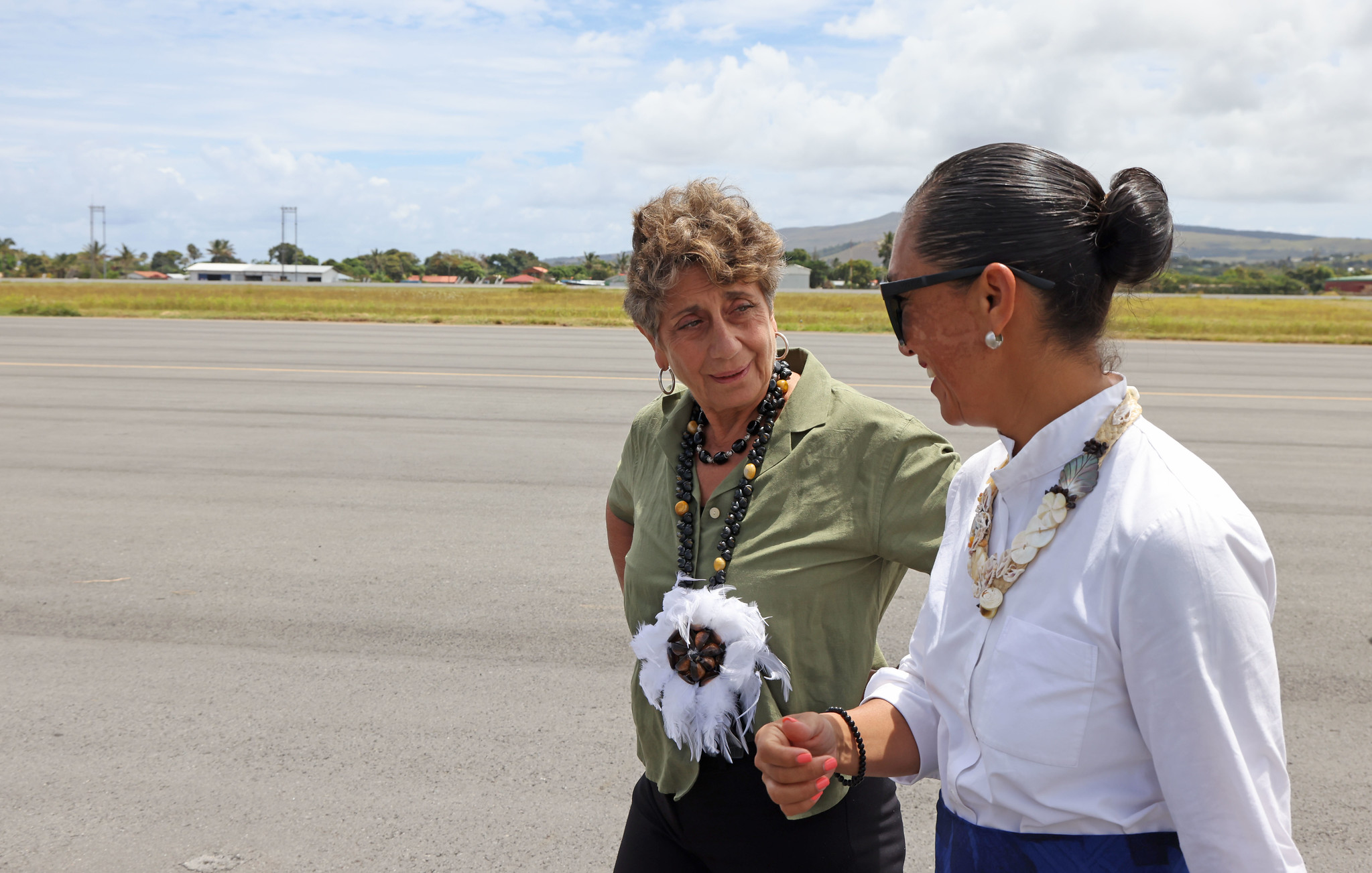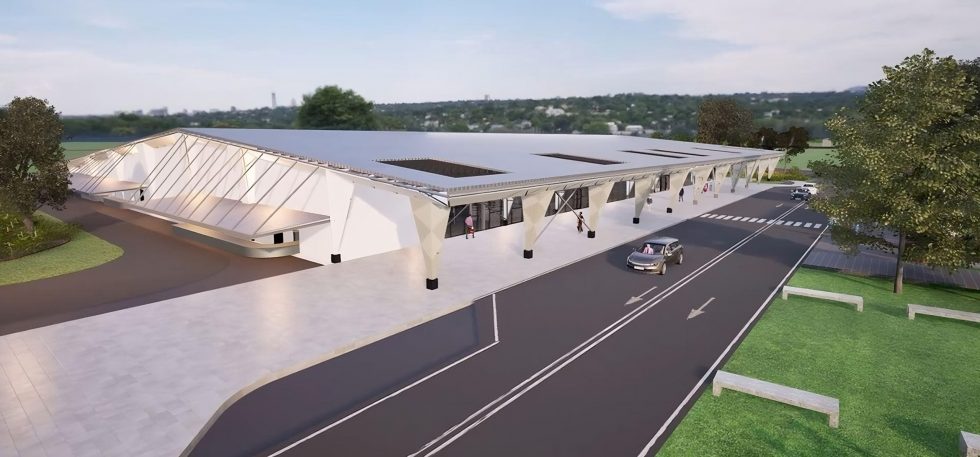The world's most remote airport to receive a $400 million investment
Mataveri Airport in Rapa Nui, the most remote in the world, will be completely modernized with a $400 million investment. The project includes a temporary terminal operational by 2026, a permanent one by 2035, and improvements in connectivity and capacity
The Chilean Ministry of Public Works (MOP) announced a plan to transform Mataveri Airport, located in Rapa Nui, considered the most remote airport in the world. With an investment exceeding $400 million, the project aims to modernize the airport infrastructure, strengthen the island's connectivity, and boost its tourism and economic development.

The initiative includes the construction of a temporary terminal, expected to be operational in 2026, and a permanent terminal by 2035 in the Orito sector, 2 km northeast of the current location, along with a new platform for commercial aviation, access roads, and a helicopter landing point. These works are crucial to address the growing flow of passengers and cargo that Mataveri manages annually: 300,000 passengers and around 7,000 tons of cargo, as 90% of the island’s commerce depends on air transport.
Key projects and timeline
The project includes:
- Temporary terminal (2026): Investment of 80 billion pesos.
- Commercial aviation platform: Investment of 130 billion pesos, with the contract awarded in 2026.
- Permanent terminal (2035): State-of-the-art infrastructure costing 200 billion pesos.
- Helicopter emergency point: Operational in 2026.
The works will also incorporate Rapa Nui’s cultural and heritage elements, integrated in collaboration with the island’s social organizations to reflect the territory's unique identity.

Commitment from the authorities
The Minister of Public Works, Jessica López, highlighted the project's strategic importance:
“We need Mataveri to be a terminal that aligns with the global destination the island represents. This investment will improve infrastructure, expand capacity, and position Rapa Nui as a key point in the Asia-Pacific.”
Meanwhile, the Mayor of Rapa Nui, Elizabeth Árevalo Pakarati, expressed her commitment to overseeing the works: “I commit to being a guarantor of these commitments because we need better conditions for our connectivity. This is great news for our community.”
The Presidential Delegate of Rapa Nui, Sergio Tepano, emphasized the project’s impact: “We are pleased as a government to announce commitments with great impact for this territory, the result of long-standing efforts.”
Mataveri Airport Chief, Máximo Meneses, stressed the importance of modernization:
“This airport was designed for aircraft like the Boeing 707, and it can no longer accommodate newer planes. The permanent terminal will be a flawless solution with international standards.”
Congressman Hotuitu Teao underscored the state’s historical debt to the oceanic islands: “Chile has a historical debt to Rapa Nui. This project brings Mataveri to the level of its importance as a World Heritage Site and as the gateway to the Asia-Pacific for the country.”
An airport for Rapa Nui’s future
In addition to infrastructure improvements, the project includes the construction of new public roads and perimeter fences, as well as an emergency point for helicopters, to be located near the FACH facilities. These works reinforce the government’s commitment to Rapa Nui’s connectivity and sustainable development, a key island in the region.
With the modernization of Mataveri Airport, Rapa Nui will take a step into the future, establishing itself as a global tourist destination and strengthening its strategic position in the Asia-Pacific corridor. It also marks a new milestone in the commitment between the Government of Chile and the Roe Family.

/https://aviacionlinecdn.eleco.com.ar/media/2024/12/rapa-nui-mataveri-aeropuerto.jpg)
Para comentar, debés estar registradoPor favor, iniciá sesión